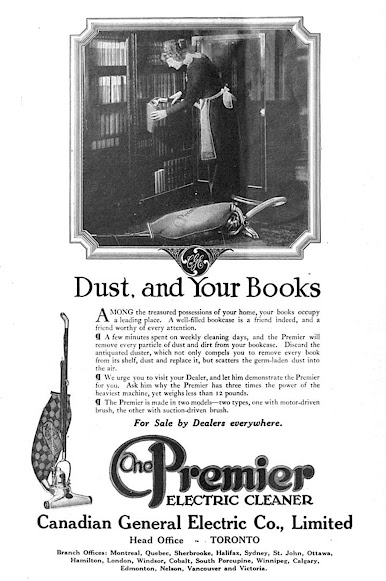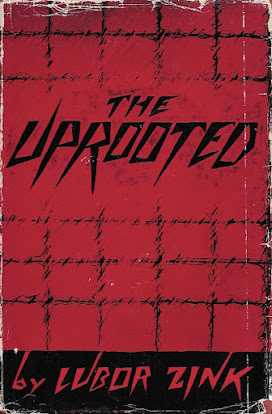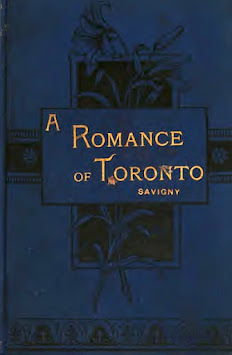A.E. van Vogt
New York: Signet, 1958
I began this book wondering if I hadn't been too hard on A.E. van Vogt. Science fiction was an adolescent passion, and like so many abandoned in adulthood – superhero comics being the prime example – I can be overly critical.
A decade passed. I felt no urge to give van Vogt another try, which is not to say that I wasn't curious. Surely he couldn't be so bad a writer as all that; after all, the man was a graduate of the Palmer Institute of Authorship.
 |
| Popular Mechanics, June 1949 |
A master of time myself, I finished with three weeks to spare.
Destination: Universe proved to be one of 2022's weakest books, but was not nearly so difficult to get through as Jeann Beattie's Blaze of Noon or Mrs Savigny's A Romance of Toronto. Most of its ten stories get off to a running start, propelling the reader for at least a couple of pages. But they soon become bogged down in a problem faced by the protagonist and his various attempts to find a solution. There's a good amount of repetition, explanation, and description of some future technology or other.
 |
| The 1953 first Signet edition. |
Renfrew loses his mind and van Vogt loses his way.
Of the ending, Colin Wilson wrote that van Vogt had "no idea of how to finish his story."
"He turned. His horny body towered above the man."
Within the pages of my copy I found this bookmark for Canadian Children's Literature. It appears to date from 1997.
The collection was first published by Pellegrini & Cudahy in 1952 as Destination: Universe! Signet dropped the exclamation mark for this printing. There have been many other editions from many other publishers over the years, but as far as I can determine the collection is currently out of print.
Used copies are numerous and cheap.
Destination: Universe! has been translated into French (Destination univers), Italian (Destinazione universo), Romanian (Destinat̨ia univers), and Swedish (Destination universum).

































